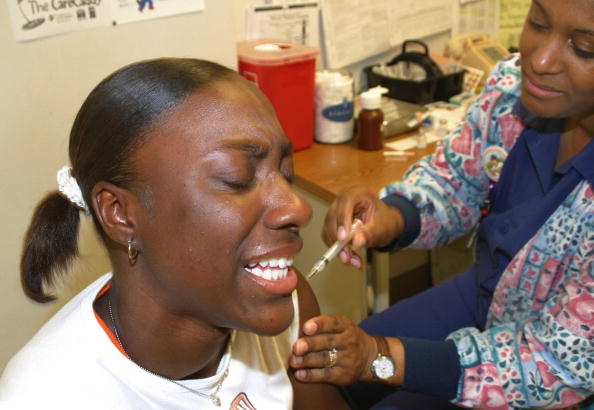
Not enough teenagers are receiving the vaccine against human papillomavirus (HPV), according to the U.S. Centers for Disease Control and Prevention. Most teenagers in the United States have not received even a single dose of the vaccine, although the percentage that are is rising slowly.
The CDC says that four out of ten teen girls and six out of ten teen boys have not started the recommended series of HPV doses, which leaves them vulnerable to cancers caused by HPV infections. The vaccine is recommended for girls and boys at age 11 to 12 years.
However, the number of teens 13 to 17 receiving the vaccine nationally increased slightly for the second year in a row; by 3% for girls and by 10% for boys. Some states had large increases in the number of teens receiving the vaccine, which shows that it is possible to raise the vaccination rates
HPV vaccine protects against several forms of a virus that is linked to several types of cancer. Persistent HPV infections can lead cancers of the cervix, vagina, and vulva in women; to cancers of the penis in men; and to cancers of the anus and the back of the throat, base of the tongue, and tonsils in men and women. The virus is sexually transmitted.
Every year, about 27,000 women and men in the United States are diagnosed with a cancer caused by HPV infection, according to the CDC. HPV vaccination could prevent the majority of these cancers from ever developing.
The data was collected with the 2014 National Immunization Survey-Teen (NIS-Teen), which is a telephone survey of parents and guardians of teens. The survey included information about more than 20,000 teens.
Preteens should receive four vaccines at ages 11 or 12 years to protect against several serious diseases, including meningococcal vaccine to protect against meningitis; HPV vaccine; Tdap vaccine to protect against tetanus, diphtheria, and whooping cough; and an annual flu shot to protect against seasonal flu. A second dose of meningococcal vaccine is needed at age 16.
